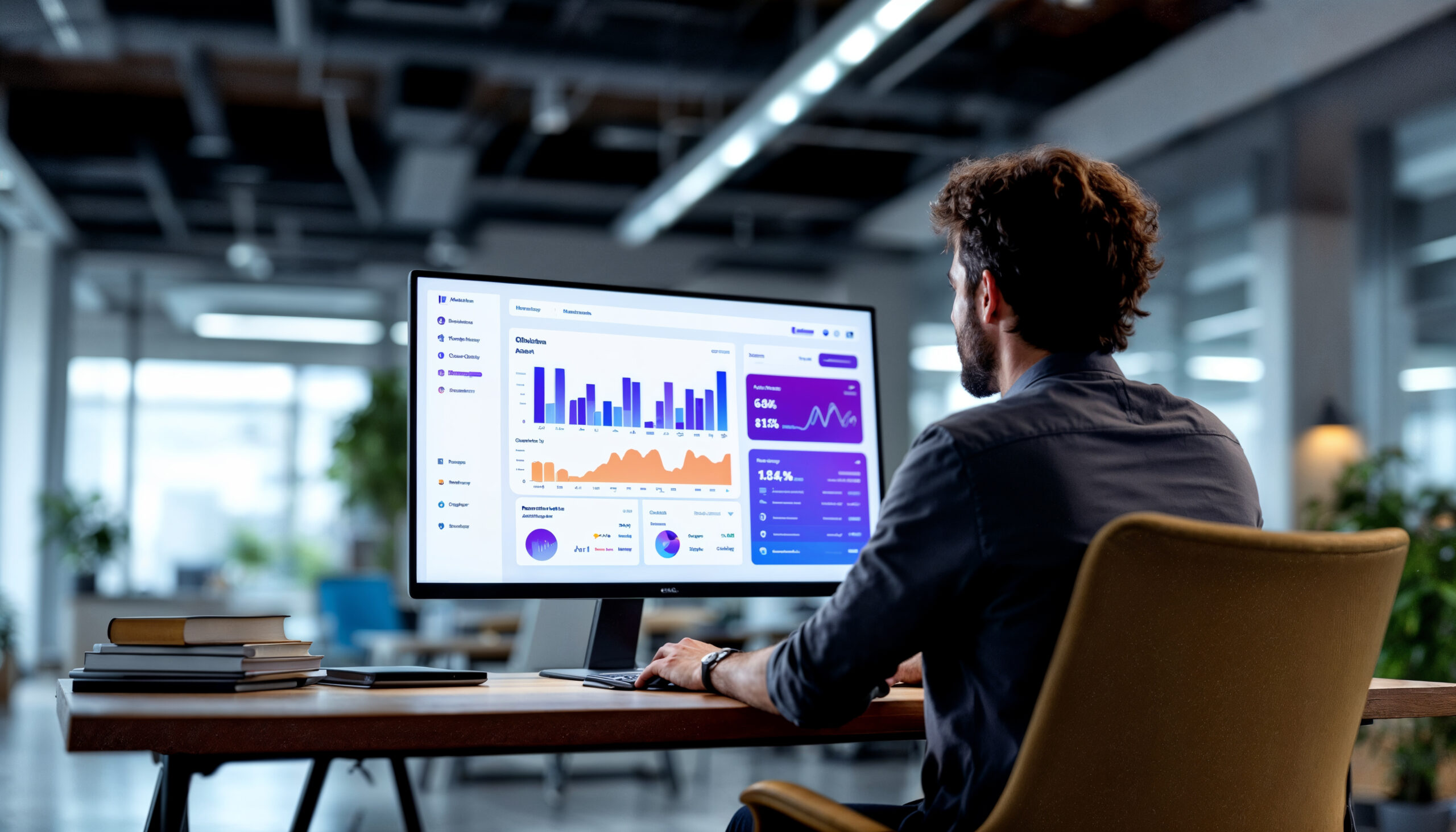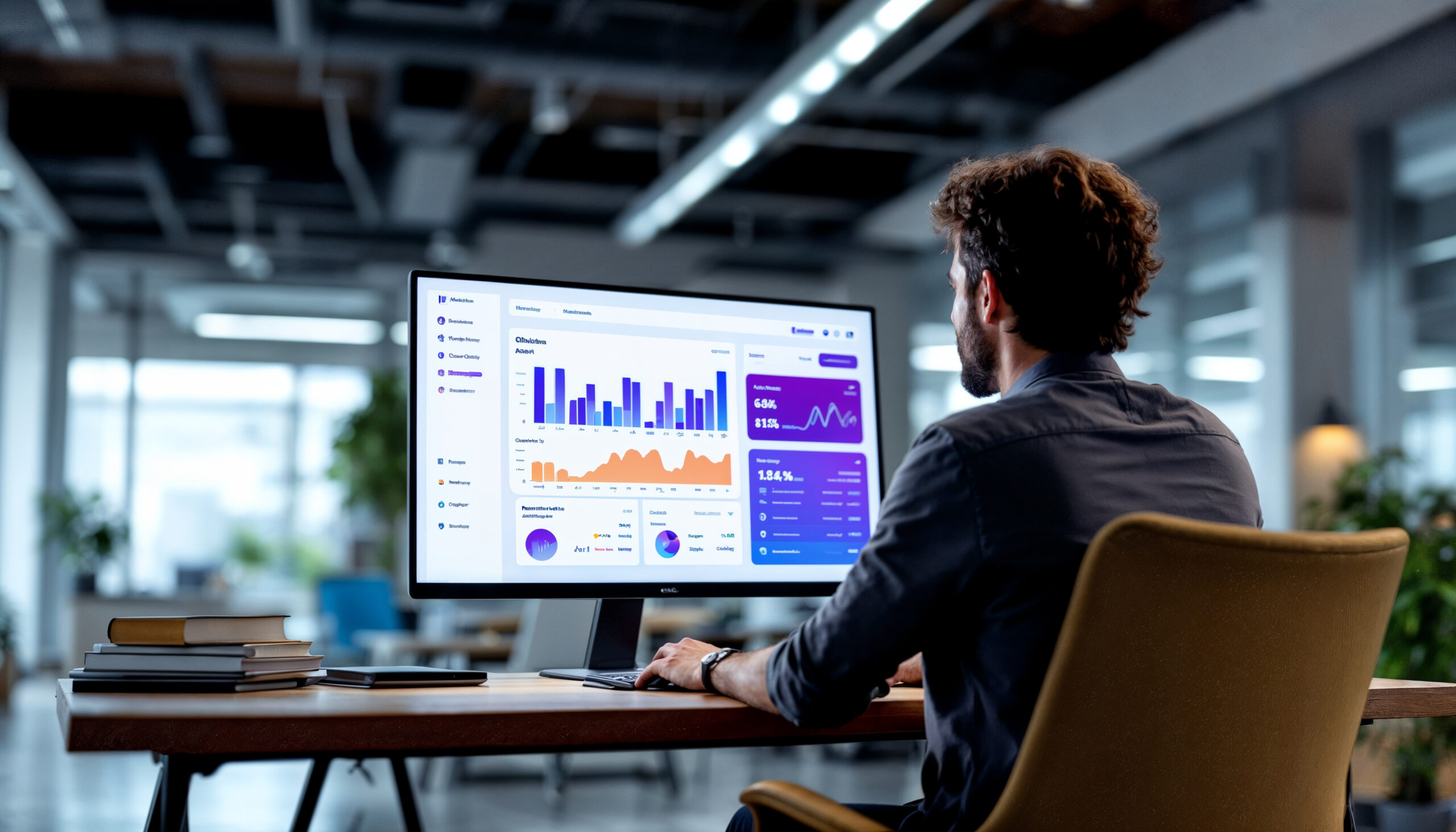As the demand for data-driven decision-making continues to surge across industries, the line between a business analyst and a data analyst is becoming increasingly blurred. Many professionals with a background in business analysis are exploring how to expand their career paths toward data analytics. This shift is not only strategic but also natural, as business analysts already possess many of the foundational skills required in the analytics space.
In this blog, we explore how a business analyst can make a seamless transition into data analytics, the skills and tools needed, and the value of domains like business intelligence, analytics, and predictive modelling.
Business Analyst vs. Data Analyst: What’s the Difference?
At a high level, business analysts focus on identifying business needs, managing requirements, and recommending solutions. Meanwhile, data analysts focus on collecting, cleaning, and interpreting data to support decision-making.
| Aspect | Business Analyst | Data Analyst |
|---|---|---|
| Focus | Business needs, process improvement | Data insights, trend discovery |
| Tools | Excel, Visio, PowerPoint | SQL, Power BI, Python, R |
| Output | Requirements, reports, KPIs | Dashboards, insights, forecasts |
Shared Skillsets Include:
- Strong understanding of business objectives
- Ability to gather and interpret data
- Clear stakeholder communication
- Presentation of insights through dashboards or reports
Why Business Analysts Are a Natural Fit for Data Analytics
Transitioning from business analyst to data analyst is easier than you think. You already know how to ask the right business questions and understand organizational goals. The next step is to build technical proficiency.
Skills to Add:
Predictive Modelling – Regression, classification, clustering
SQL – For querying relational databases
Data Visualization Tools – Power BI, Tableau
Python or R – For statistical computing and automation
8 High-Impact Keywords You Must Know
Here are eight essential keywords and concepts that aspiring data-focused BAs should understand:
- Big Data Analytics – Techniques used to analyze massive datasets for patterns, trends, and insights (IBM Guide)
- Business Analyst – The professional bridging IT and business strategy
- Data Analytics – The science of examining raw data to make conclusions (Investopedia)
- Analytics – A broad field encompassing both descriptive and advanced analysis
- Analysis Data – Structured review of datasets to extract useful insights
- Certified Business Analysis Professional (CBAP) – An IIBA-recognized credential that enhances career credibility (IIBA CBAP Info)
- Business Intelligence and Analytics – Tools and processes for turning data into actionable business insights (Microsoft BI Overview)
- Predictive Data Analytics – The use of historical data, machine learning, and statistical techniques to predict future outcomes (SAS Predictive Analytics)
Tools Every Transitioning Business Analyst Should Learn
To move into data analytics, here are the tools to focus on:
| Tool | Use |
|---|---|
| SQL | Data querying from databases |
| Power BI / Tableau | Data dashboards and storytelling |
| Python / R | Advanced analytics and predictive models |
| Excel (Advanced) | Exploratory analysis and pivot tables |
Recommended Learning Platforms:
- Google Data Analytics Professional Certificate (Coursera)
- Microsoft Learn for Power BI
- DataCamp, Kaggle, and Udemy for hands-on practice

How a Business Analyst Can Become a Data Analyst
Here’s a roadmap:
- Assess Your Gaps:
Identify your proficiency in SQL, Python, and data viz tools. - Take Courses:
Enroll in online platforms like Coursera, DataCamp, or Udemy. - Practice with Projects:
Use public datasets (e.g., Kaggle) to build your portfolio. - Apply Predictive Modelling:
Learn basics like regression, classification, and time series analysis. - Certify:
CBAP for BA credibility, and Google Data Analytics for analytics strength. - Update Your Resume:
Highlight transferable skills and newly acquired technical expertise. - 7. Join Analytics Communities
Network via LinkedIn, Slack groups, and industry webinars. Stay updated with platforms like Analytiq Lab for tips, tools, and resources in analytics.
Role of Business Intelligence and Predictive Analytics
Business Intelligence (BI) tools like Power BI or Tableau allow analysts to visualize KPIs and uncover trends quickly. Predictive analytics goes a step further — using machine learning models to anticipate outcomes like sales forecasts or customer churn.
By learning both, you shift from reactive to proactive analytics, increasing your strategic value to any business.
Final Thoughts
The transition from business analyst to data analyst is not just a shift — it’s a smart career move in 2025. With your business acumen already in place, the next step is to upskill with data tools, certifications, and real-world projects.
The future belongs to professionals who can merge business insight with data intelligence. Be one of them.
For in-depth analytics resources, tools, and expert guidance, visit Analytiq Lab today.


